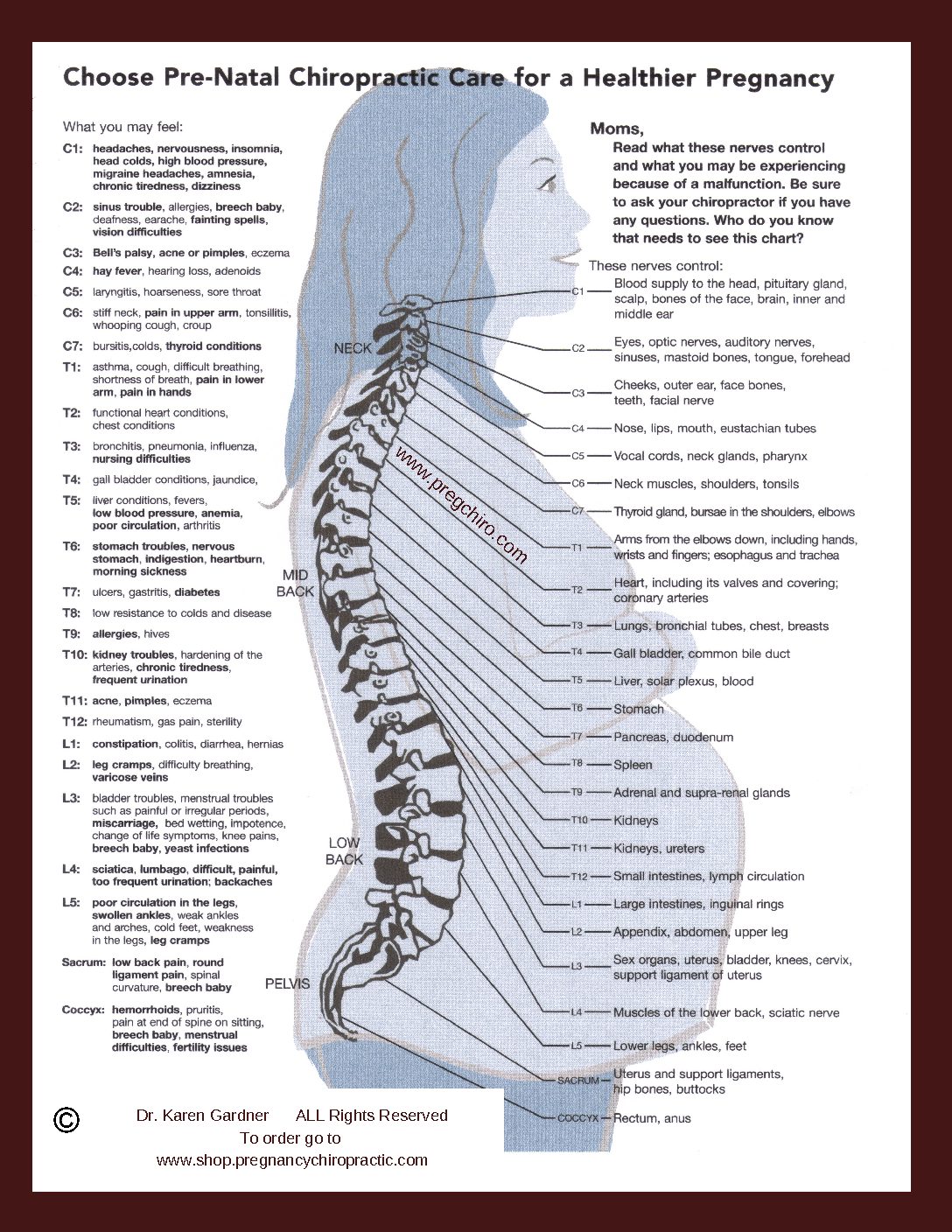
One of the most miraculous times of your entire life, is when a new life is forming within you during pregnancy. It is such an exciting time as you plan and prepare for the welcoming of your blessing from above. Building a team around you for support and guidance through the process is of vital importance. As your body goes through changes of hormone levels, weight gain that affects posture, and changes the pregnant woman’s center of gravity, creating added stress, there is a greater chance that imbalances may occur. When this happens, the pelvis misaligns, pelvic muscles and ligaments tighten, which causes torsion that makes it difficult for the growing fetus to assume the best possible position for the birth process. Chiropractic care and the Webster Technique restore pelvic neuro-biomechanics that facilitates fetal positioning.

Obstetric literature has determined that correct positioning of the baby in-utero affects birth outcome and decreases the potential for undue stress to the baby’s developing spine and nerve system. It has determined the importance of normal pelvic neuro-biomechanics including uterine function and pelvic alignment for the prevention of difficult birth (dystocia). Chiropractic literature has determined the significance of sacral adjustments on normalizing pelvic neuro-biomechanics and restores proper pelvic balance and function.
Not only can chiropractic adjustments during pregnancy decrease low back pain and sacroiliac joint dysfunction, but it helps to create pelvic balance to optimize the baby’s position, eliminates dystocia (difficult birth), helps to dilate the cervix, and enhances parasympathetic function. Normal tone and proprioception activity are restored. Nerve system stress is reduced, enhancing muscle function. Dural tension is alleviated, along with aberrant tension on the lower portion of the uterus. Nerve interference is eliminated, and function is restored as the pelvis stabilizes. When the Mother’s spine and nervous system are working properly, labor and delivery are shorter, with less pain experienced, and less intervention is necessary. The process is easier and recovery time is quicker.





